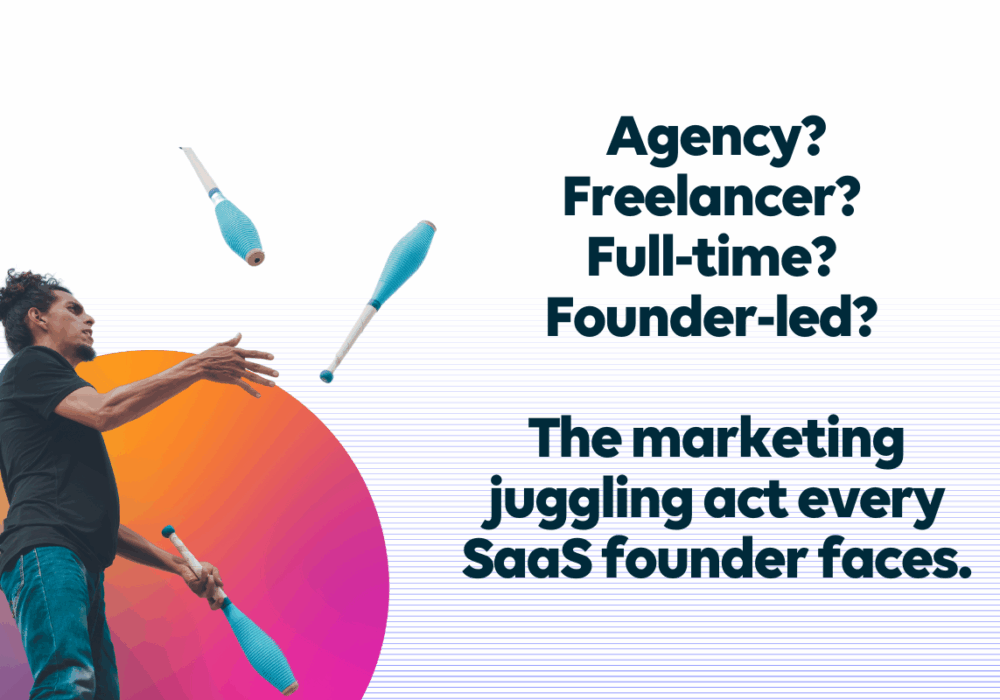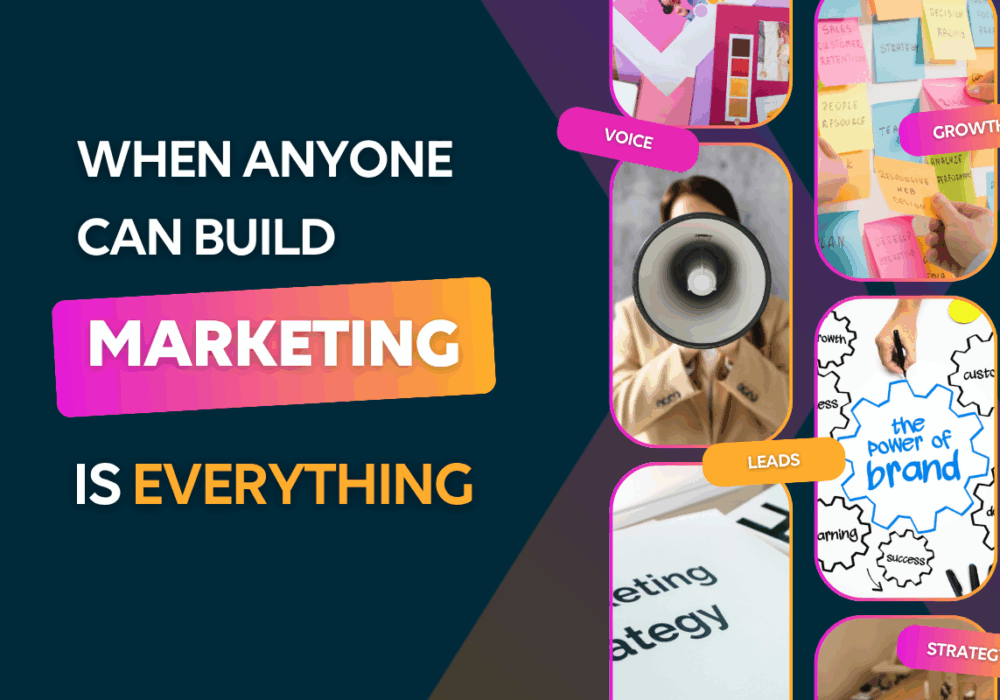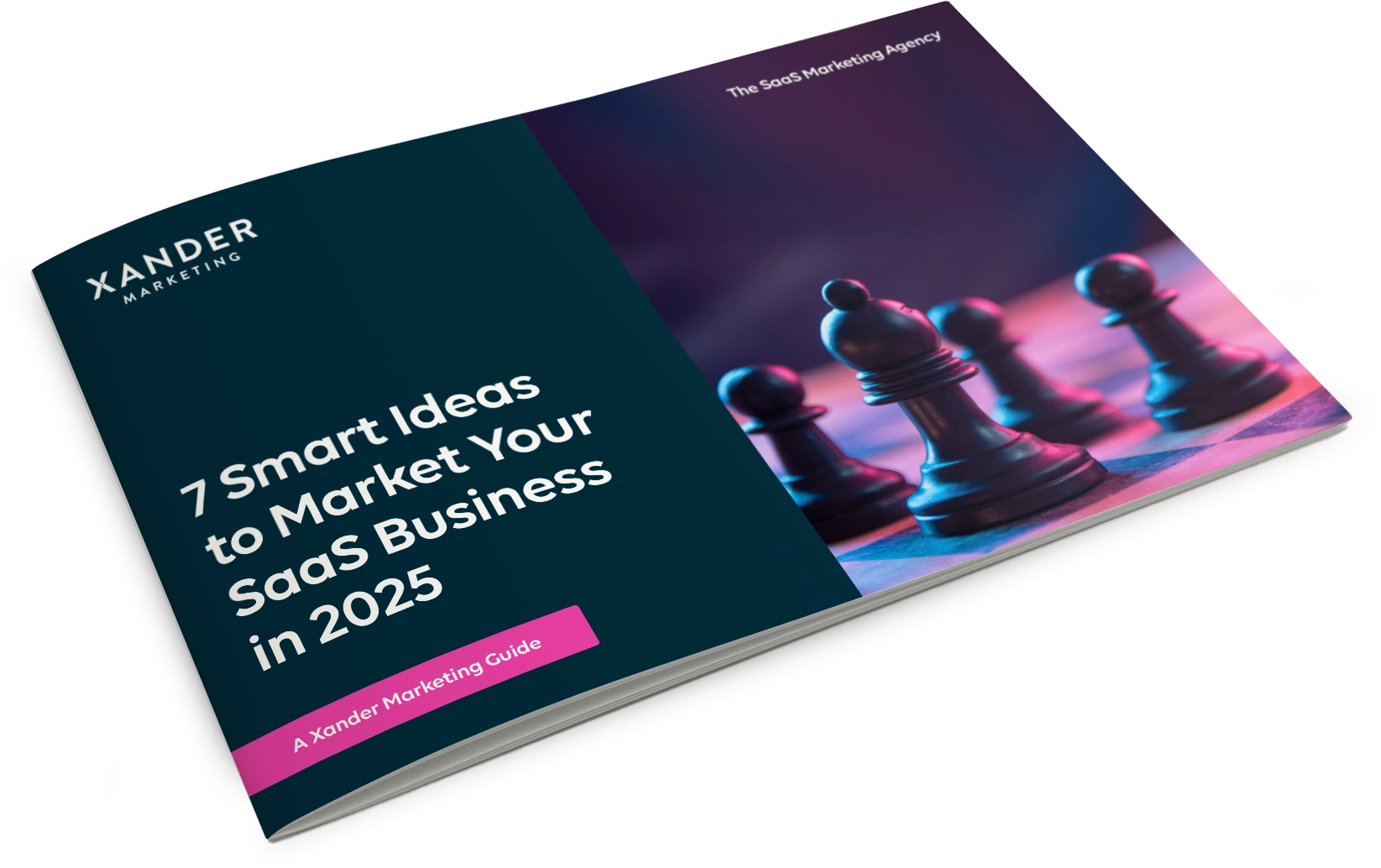Don’t let churn undermine efforts to scale your SaaS business
5th April 2018
 Like other companies and not like other companies…
Like other companies and not like other companies…
In many ways, SaaS businesses are just like any other. And when it comes to growth, online software companies need to pay attention to the same things as the others.
Some of the things that may hamper efforts to upscale any type of business venture includes hiring the wrong people, over extending financially and failing to review and improve products and services.
SaaS companies are also not like other businesses. In the SaaS sector, there are elements that are specific to the industry. For instance, to remain successful, SaaS companies need to make sure they stay current by updating with new features that competitors may have introduced; and keep up with trends in software development.
One thing that it’s easy to overlook and that really undermines any attempt to grow the customer base is churn. In the rush to create growth, it’s easy to take existing customers for granted and to start losing them.
Growth hacking, customer experience and churn
In trying to grow by aggressively pursuing the acquisition of new customers, it’s really easy to take existing customers for granted. Much customer unhappiness develops over time through a series of minor events where the customer has an unsatisfactory experience or contact with the SaaS company.
A focus on growth hacking might create an emphasis on sales activity and pull resource away from customer service. Customers being forced to wait longer for support, or for support that’s not effective or delivered by someone under pressure and projecting their anxiety, are typical of the minor events that might breed a deeper unease.
Over time, the customer’s experience becomes characterised as negative and they are driven to look around the marketplace and consider alternative service providers.
Sudden decisions to leave are likely to be driven by a major event. If they are left feeling highly dissatisfied by a service issue, there might be no second chances.
The majority of SaaS businesses should have the infrastructure arrangements in place to avoid global outages, but it can be easy for a mass exodus to develop if something like a platform failure impacts all users, especially where the service is business critical.
Remember, for many SaaS businesses there’s no annual contract or proprietary technology lock-in and generally customers can leave within 30 days. Churn rate up and lifetime customer value down are not the sort of KPIs that help to secure the next round of funding…
Get close to your prospects but keep your customers closer still!
It’s no crime to focus on sales growth, but it is negligent to ignore your existing database of users. Marketing to them does not stop once they signup. You must market consistently and continually over the entire customer lifecycle.
Marketing in a SaaS business, is highly specialised and unlike other business it offers some unique marketing opportunities that other types of business do not enjoy.
Avoiding customer disengagement from the platform
There are a wide range of reasons why customers disengage, and their use may drop off. Perhaps they signup without fully understanding what the product does; perhaps they find it difficult to use; or perhaps they’re not getting the customer support that they need.
Customer experience tools like Intercom are highly effective in identifying how and when people are using the product and providing the ability to reach out to them. It’s a marketing opportunity few other types of business are able take advantage of.
In the case of user inactivity, for example, not logging on for two weeks, automated emails can be sent, creating touchpoints which keep the platform front-of-mind. Rules-based campaigns built around any number of conditions can be set up with appropriate messaging designed to stimulate use and encourage engagement and dialogue.
When a customer leaves, find out why
In the case that a customer does decide to terminate the use of the service, find out why. Looking at who is quitting – the company’s sector, the age experience and role of the decision maker; how long the company was signed up; and why they say they’re quitting. Analysis should enable you to identify any trends amongst those leaving and understand what you can do to address any underlying issues.
For example, at an early stage of its growth, Twitter found that users would sign up, fail to understand what the platform was for and then never come back. By encouraging new users to follow other individuals and to import contacts during the signup process, the value of the social network was made far clearer and users became far more likely to stick.
And if they haven’t left… find out why!
With Intercom working across the platform, you can also understand more about use patterns of those that seem to be fully engaged. Analysis will yield valuable information. To extend your ability to apply what you learn, obtain customer feedback of your users. Understand how users are engaging with the product and any issues they’re having with it.
As well as having a tight-grip on engagement metrics, it’s important to understand how well customer support is performing. and how tickets lead to specific outcomes. If users quit after contacting support is it because they didn’t get the help that they needed or because their query is indicative that users quit, whatever the support outcome?
Understanding how users feel about your product can also help to drive your product development. If users are experiencing bugs or there are frequent requests for specific features, then it may be worth prioritising them. Some additions won’t make it to the roadmap, of course, but it’s useful to understand what users are saying and give you the opportunity to explain your thinking in return.
Content marketing
Content is also highly effective for driving better engagement. Blogs can be informal, opinionated and position your company or key stakeholders as thought leaders. White papers and guides can help address business problems. Newsletters, emails, in app messages, banners on login pages, keeping social up to date, keeps the product in people’s mind and show how it’s evolving.
Case studies can powerfully illustrate the benefits and features of your product, to onboard and upsell customers. For your bigger customers where your platform is only in use in one department, case studies could be distributed by an existing sponsor to raise awareness of the product and its benefits.
Marketing resources and partners
However you provision for marketing, it must be a co-ordinated effort. Whether you use internal resource, external freelancers or a specialist SaaS marketing partner, or a combination, marketing needs to be strategic, consistent and continual.
- Strategic means you have clear goals and objectives
- Consistent means you articulate and project clear messages and a tone
- Continual means you are always executing a structured tactical program
Mostly what you want to project is an attitude. A good way of framing it is like being a good parent to children: ‘Our door is always open’, meaning that whatever the reason – good or bad, get in touch and talk to us about it.
Grow your SaaS business more effectively and control churn
Whether you want to build a marketing programme from the ground up or to optimise an existing strategy, Xander Marketing helps SaaS companies to get hold of customer churn rates.
If you want to build your brand and scale your customer base, we drive growth in traffic, leads and signups while helping you to look after your existing customers.
Get started by booking a free one-hour consultation.


 Like other companies and not like other companies…
Like other companies and not like other companies…


